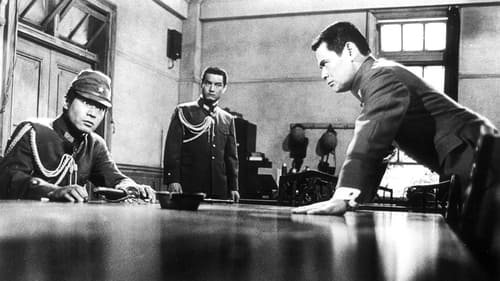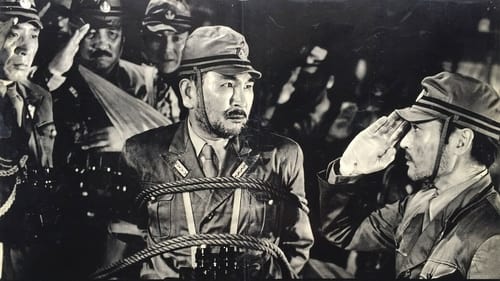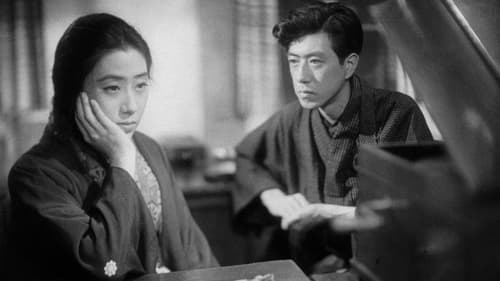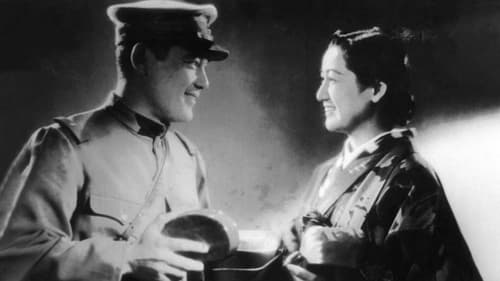Hyo Kitazawa
出生 : 1911-05-17, Tokyo, Japan
死亡 : 1980-08-04

莫大な財産を持っているおばあちゃんと孫の現代青年との心のふれあいを描く。脚本は光英司、監督は脚本も執筆している「続 愛と誠」の山根成之、撮影は「スプーン一杯の幸せ」の竹村博がそれぞれ担当。

Meet Saotome Ai, a high school girl from a well-to-do family. When she was a small child, she was in an accident that resulted in a young boy being permanently scarred between his eyes while she emerged unscathed. The young boy saved her life and although she never knew who he was, she never forgot him. Meet Taiga Makoto, a young man with a scar between his eyes who has had a rough life, but has emerged as a rough, tough bully - a thug and a brawler and about as rude as they come - all of which he blames on the incident that gave him his scar. When Ai and Makoto run into each other again, Ai feels guilt for what Makoto has become and decides to intervene and rehabilitate him. But is he a diamond in the rough, or just a bully?

Old Kiga
About an establishment where old men pay to sleep besides young girls that had been narcotized and happen to be naked, the sleeping beauties. The old men are expected to take sleeping pills and share the bed for a whole night with a girl without attempting anything of bad taste like putting a finger inside their mouths.

Minister of Finance Hosaku Hirose
昭和天皇や閣僚たちが御前会議において降伏を決定した1945年(昭和20年)8月14日の正午から、国民に対してラジオ(日本放送協会)の玉音放送を通じてポツダム宣言の受諾を知らせる8月15日正午までの24時間を描いている。

Shumei Okawa
In 1941, overpopulated Japan faces an economic boycott and its armed forces push further to the south. And despite negotiations between Japan and the U. S. A. war is declared with the attack on Pearl Harbour. Victories follow for Japan on land and sea and her forces push forward to the borders of India. But gradually the tide turns in favour of the Allies and after the atom bombings of Hiroshima and Nagasaki, Japan is compelled to accept the Potsdam Declaration and by the order of the Emperor agrees to unconditional surrender. Under the supervision of the occupation forces the International Military Tribunal opens in Tokyo to try the Japanese war leaders. Established in the cause of justice, and to prevent future aggressive wars the trials drag on for two and a half years. And on December 23, 1948, General Tojo and six other war leaders mount the thirteen steps to the gallows at Tokyo's Sugamo prison.

構想の雄大さ、物語の妙は戦後屈指の長編力作と評された武田泰淳原作の大ベストセラー「森と湖のまつり」に巨匠内田吐夢監督が全情熱を傾けた一大ロマン。アイヌ青年と女流画家との美しいロマンを中心に、滅び行く民族の運命を背負って起ち上がる若者の魂と被圧迫民族の姿を、火と燃える二つの恋と、男と男の誇りを賭けた凄絶な対決を北海道の大原野に描いた雄渾の叙事詩。

Hospital doctor
Junai Monogatari AKA Story of Pure Love is about two poor youths, Mitsuko and Kando, rebelling against society in various ways, who are desperately trying to be together despite tortuous circumstances. The film depicts their lives as thieves, menial laborers who can get little pay, society outcasts, and of course, lovers. Junai Monogatari depicts, mostly, their struggles within the Japanese reformatory system and Mitsuko's worsening sickness.

Dr. Tanigawa
A romantic melodrama about the shifting relationship between Ryosuke and Miki as their precarious employment and social circumstances shift around them.

Shirō Haruta
Sumako, a country girl, becomes a great actress with the help of Hogetsu,a scholar who brought some of European realism to the Japan's stage. The relationship leads to the end of his marriage and the breakup of his Arts Society. This is another version of Kenji Mizoguchi's film "The Love of Sumako the Actress" ("Joyû Sumako no koi"), from the same year. Both tells the story of the famous actress Sumako Mitsui (1886-1919), considered the first great modern theater actress in Japan. Mizoguchi himself is said to have preferred Kinugasa's version.

A romance with political overtones about the relationship of a sheltered bourgeois woman and a doctor who devotes himself to caring for the poor. Over a ten-year period - from 1936 through the war - they find each other and are separated again by the events of those tumultuous days.

Lord for a Night is a 1946 Japanese film directed by Teinosuke Kinugasa.

Director (uncredited)
Two sisters, one a dancer and the other a script supervisor at a big movie studio, become embroiled in union activities when a strike is called in sympathy with striking railroad workers, one of whom boards with the sisters and their parents. The girls' father argues with them about their strike, but finds his views changing when he himself loses his job.

The premature death of a young mother serves as inspiration for her husband and son.

In this semi-documentary, an older locomotive driver is tasked with training younger ones and is currently training two in particular. The old man is finding the task overwhelming as it is hard work with practical lessons and classroom components. His wife has died, but he has three daughters with the oldest taking care of her younger siblings.

Seizo Ono
1941 Toho adaptation of Natsume's novel.

Jidaigeki from 1940

This is a rokyoku film of Tenjuken Ungetsu II (Hideko Itami), a popular rokyoku performer who was famous for her seven different voices for men and women of all ages.

Japanese film based on the life of writer Ichiyo Higuchi (1872-1896).

This film attempts to reconstruct the tension of the Battle of Shanghai through an episode in an understated way, introducting its story in a documentary mode. In the film story, Japan's marine regiment protects Japanese residents and Chinese refugees-women and young children-from rampant street fighting, Shanhai Rikusentai unsparingly uses its first eight minutes for an official-mannered self-justification of the war. From the viewpoint of explaining Japan's military operation,the narration refers to the city s spatial division in sync with maps on screen.

Japanese domestic drama.

Mizushima Kangetsu
1936 P.C.L. adaptation of Natsume's novel.

Toho's production of the classic Japanese fairytale.












